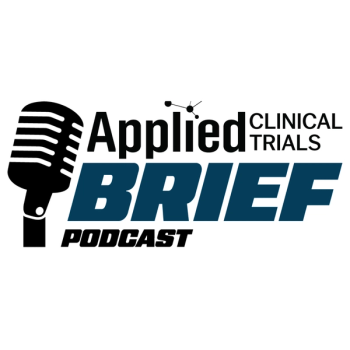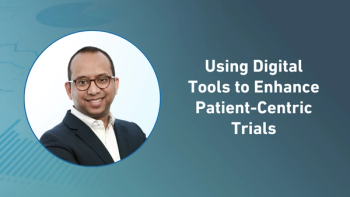
Non-Traditional Risk Factors in Clinical Trials
When serious things go wrong with a trial, such as an adverse event or an incident report is filed, it is easier for project managers to identify a problem that needs to be addressed in a trial.
When serious things go wrong with a trial, such as an adverse event or an incident report is filed, it is easier for project managers to identify a problem that needs to be addressed in a trial. However, it is the unanticipated and less obvious situations that happen throughout the trial that can put it at risk.
Mark Hronec, Director of PriceWaterhouseCoopers, noted during a December 2013 webinar sponsored by SAS and Applied Clinical Trials titled
Many questions in the webinar were centered on risk-determinations. Laurie Rose, Principal Industry Consultant, Health & Life Sciences at SAS, recommended using historical data, information on past site performance or country and regional numbers; sites that perform better with recruitment, enrollment, and actual study startup. “[With those data, you are] using a predictive model rather than just summarizing and putting then all together. Using a predictive model can help determine basically a better set of expectations of what might come in the future.” Rose also noted other predictive data would include working within the same therapeutic area or other similar compounds from past studies and going to future studies where data is available, but the clinical data and that operational data will be helpful in looking at the next study coming up.
Newsletter
Stay current in clinical research with Applied Clinical Trials, providing expert insights, regulatory updates, and practical strategies for successful clinical trial design and execution.





.png)



.png)



.png)
.png)
